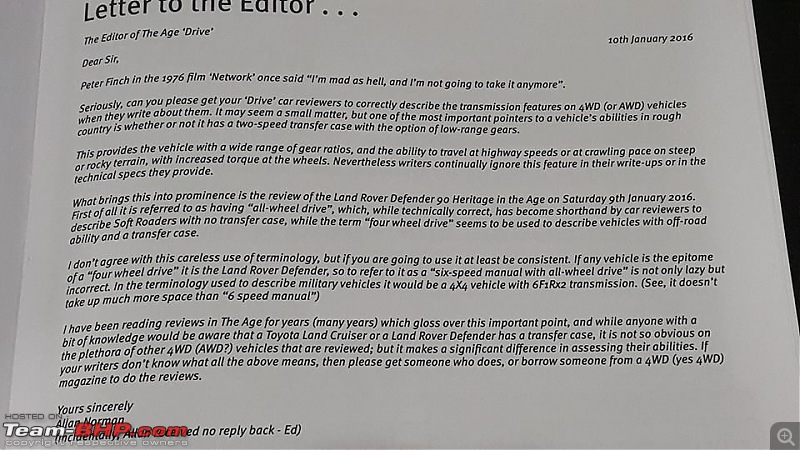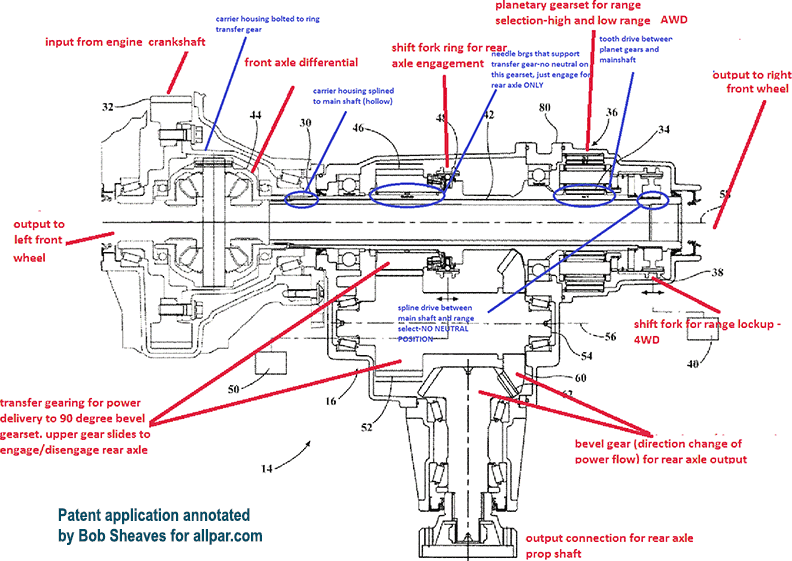| | #391 |
| BHPian | |
| |  (1)
Thanks (1)
Thanks
|
| |
| | #392 |
| Distinguished - BHPian  | |
| |  (1)
Thanks (1)
Thanks
|
| | #393 |
| Team-BHP Support  | |
| |
| | #394 |
| Senior - BHPian Join Date: Dec 2013 Location: Pune
Posts: 1,132
Thanked: 2,623 Times
| |
| |  (1)
Thanks (1)
Thanks
|
| | #395 |
| BANNED | |
| |
| | #396 |
| BHPian | |
| |
| | #397 |
| Senior - BHPian Join Date: Dec 2013 Location: Pune
Posts: 1,132
Thanked: 2,623 Times
| |
| |  (1)
Thanks (1)
Thanks
|
| | #398 |
| Distinguished - BHPian  | |
| |  (4)
Thanks (4)
Thanks
|
| | #399 |
| Distinguished - BHPian  | |
| |  (4)
Thanks (4)
Thanks
|
| | #400 |
| Senior - BHPian Join Date: Nov 2015 Location: Mumbai
Posts: 1,223
Thanked: 3,802 Times
| |
| |  (3)
Thanks (3)
Thanks
|
| | #401 |
| Senior - BHPian Join Date: Jul 2007 Location: Pune
Posts: 2,042
Thanked: 3,451 Times
| |
| |
| |
| | #402 |
| Distinguished - BHPian  | |
| |  (2)
Thanks (2)
Thanks
|
| | #403 |
| Team-BHP Support  | |
| |
| | #404 |
| Team-BHP Support  | |
| |
| | #405 |
| BHPian | |
| |
 |
Most Viewed








 . However, I am pretty sure that some of us aren't too well versed with them. If you want to know about these modes in a simple yet enjoyable way, without getting too much into the technical details, you may want to watch this video-
. However, I am pretty sure that some of us aren't too well versed with them. If you want to know about these modes in a simple yet enjoyable way, without getting too much into the technical details, you may want to watch this video-